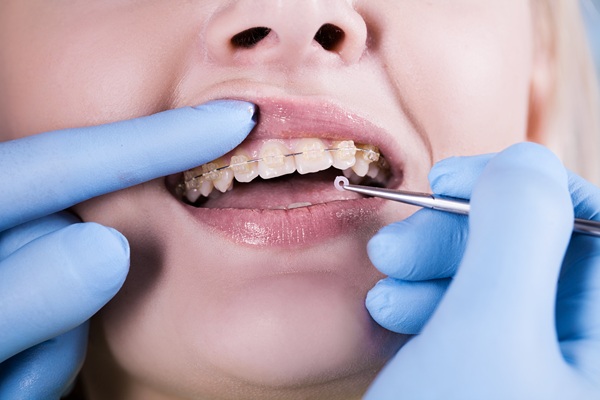 Clear aligner orthodontic therapy is a way to address a range of tooth and jaw misalignments, including but not limited to crooked teeth, overcrowding, gaps between teeth, overbites, underbites, crossbites, and more. This review focuses on clear aligner therapy and the benefits it can provide for patients.
Clear aligner orthodontic therapy is a way to address a range of tooth and jaw misalignments, including but not limited to crooked teeth, overcrowding, gaps between teeth, overbites, underbites, crossbites, and more. This review focuses on clear aligner therapy and the benefits it can provide for patients.
Orthodontic therapy: The basics of clear aligner treatment
Clear aligner treatment is a simple and convenient way to straighten your smile and help avoid oral health complications. The following is everything to know about clear aligner treatment, including what it is, the benefits, how the treatment process works, and how this treatment compares to traditional braces.
What is clear aligner orthodontic therapy?
Orthodontic therapy is a form of dental treatment that focuses on the alignment of the teeth and the jaw. Clear aligners are a popular form of orthodontic therapy. This treatment consists of wearing two transparent trays that are custom-fit and slowly shift the teeth and the jaw into a more optimal bite position. Clear aligners are removable and are regularly replaced as teeth shift.
The benefits of clear aligner orthodontic therapy
Of course, the primary benefits of clear aligners are that they allow you to improve the appearance of your smile and improve the ability to maintain optimal oral health. Additionally, clear aligners for orthodontic therapy offer unique advantages that alternative orthodontic solutions do not provide. Notably, clear aligners are removable, which makes them more convenient while eating, during your oral care routine, and when giving important speeches or presentations at work or school. Also, patients who choose clear aligner treatment often complete their treatment in less time than patients with braces.
How clear aligner treatment works
Clear aligner treatment is monitored by a dental professional (usually an orthodontist). Treatment involves wearing the custom aligner trays that are provided by the dental professional for at least 20 to 22 hours each day; the aligners should only be removed to practice oral care or eat. The aligners are replaced periodically (a couple of times a month on average) as teeth shift into the optimal position. After treatment is complete, the patient is provided a retainer to wear. The retainer keeps teeth straight long-term and prevents them from shifting back to their original position. The retainer should be worn throughout the day at first, and when teeth are more secure in their new position, the retainer is only worn at night.
Clear aligner vs. braces for orthodontic treatment
Clear aligners involve transparent aligners that are removable, whereas traditional braces involve the use of metal brackets and wires that are attached to teeth and can only be removed by the dental professional. The preferred method depends upon your treatment goals and preferences.
Achieve your ideal smile with clear aligner orthodontic therapy
If you are considering clear aligner treatment for an improved smile and improved oral health, then contact our practice today. We can find a convenient time for you to come to visit with us for a consultation, during which we can discuss your treatment goals and needs and put together a treatment plan that works for you.
Request an appointment or call Michael Emanuel DDS PLLC at 718-635-4822 for an appointment in our Brooklyn office.
Related Posts
Curious about orthodontic treatment? Read on to learn more. Straight teeth and properly aligned jaws make for a healthy and functional smile. Many people are lucky to have naturally straight teeth, but others require orthodontic intervention to correct overcrowding, gaps, or misalignment. In some cases, orthodontic therapy can extend far beyond repositioning the teeth in…
Discovering you need orthodontic care does not have to be a worrisome situation. The orthodontist will help you the whole way, and the staff will guide you on any concerns, ranging from financing to maintenance. If you have booked an appointment with an orthodontist, this piece provides a guide on what to expect and questions…
Maintaining the position of the teeth after orthodontic treatment requires the use of dental retainers. Read on to learn about the different types of retainers available. As soon as the braces or aligners come off, your teeth will begin repositioning themselves to where they were before treatment. To avoid relapse, you should use retainers. They…


